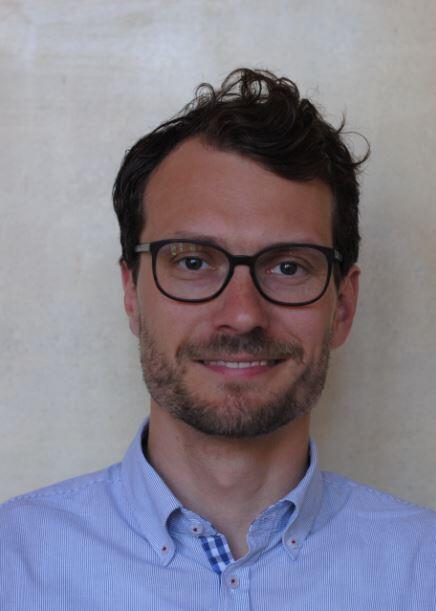Research seminar with Julius Rumpf
Julius Rumpf, Ph.D. Candidate at the Scandinavian Institute of Maritime Law and a researcher at the Fridtjof Nansen Institute, presented parts of his research related to interconnectors and the internal European energy market to the research group on 18 November.

Main content
Julius holds a law degree from Germany, where he practiced as an energy lawyer for several years before moving to Norway. Today he is a Ph.D. Candidate at the Scandinavian Institute of Maritime Law and a researcher at the Fridtjof Nansen Institute. His research focuses on the question of how EU law regulates high-voltage electricity infrastructure, particularly cross-border power transmission lines (so-called "interconnectors"), in order to achieve an internal energy market for unrestricted trade of electricity throughout Europe. His doctoral dissertation is therefore entitled "Bridging the gap: The role of interconnectors in an emerging European Energy Union".
His presentation to the research group covered the EU rules on how Transmission System Operators (TSOs) must calculate and manage the capacity of electricity interconnectors. The term TSO is used for an administrative body that has been assigned an overall and coordinating responsibility for the transport of energy in the form of natural gas or electricity at a national or regional level, where the existing fixed infrastructure is used. In Norway, Statnett is designated as the country's TSO within electricity supply. These capacity regulation rules were recently updated under the EU Clean Energy Package, which introduced a minimum capacity threshold of 70%.
Consequently, Julius and the research group discussed the implementation and compliance of this 70% rule, which more specifically means that TSOs are required to ensure that at least 70% of the maximum interconnector capacity shall be made available for trade between different bidding areas. Even though the package and the regulations have not yet been incorporated into the EEA agreement, it will eventually affect us through our neighboring countries, and in the longer term will probably be included in the Norwegian regulations as well. In addition, the topic is highly relevant for Norway, where interconnectors and cross-border trade are a recurring and hot topic in the public debate.
We thank Julius for coming all the way from Oslo to Bergen and for sharing his intriguing and complex research with us!

